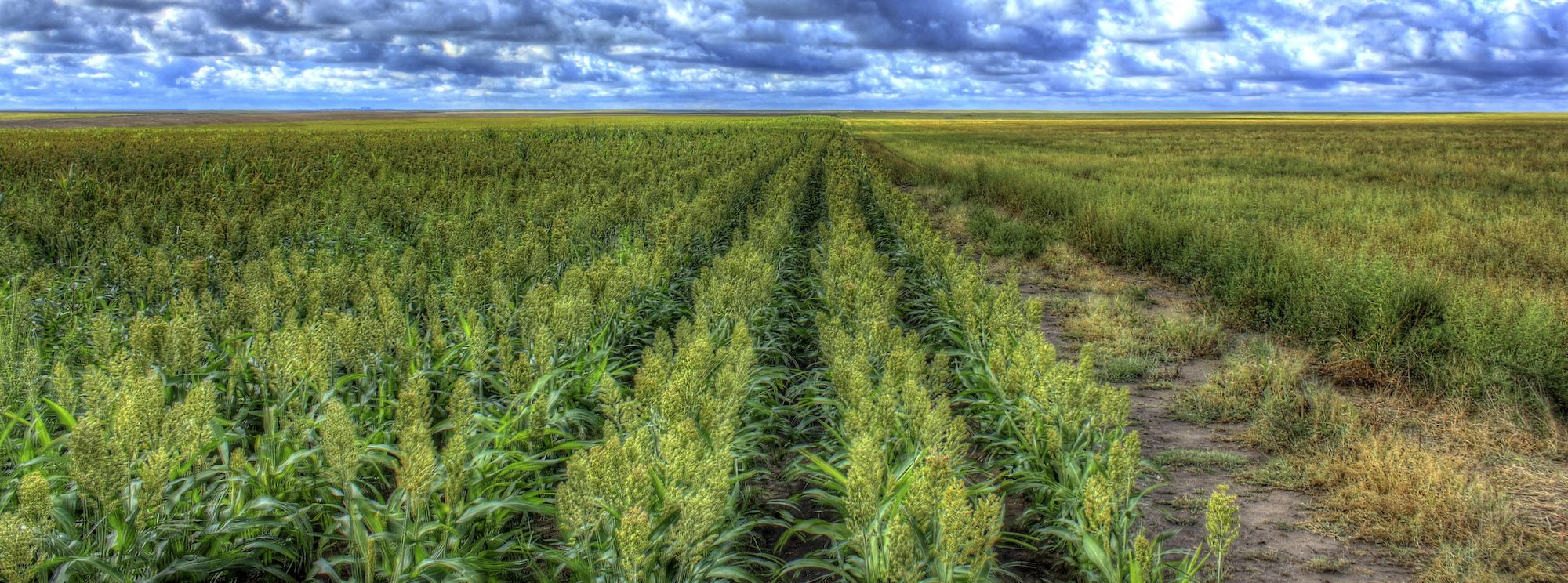From streamlining order processing to saving costs associated with labor, innovative software continues to affect various industries, including agriculture. And while modern farming remains divided between conglomerates, independent farmers, and low-paid, low-visibility workers, the industry feeding mankind is poised for rapid, data-driven change.
Below are five ways that farmers, consumers, and crops are benefiting from software-enabled technology in 2016.
1. Smart Herds
Smart herds allow farmers to connect their animals to the Internet for better tracking and monitoring. Through wearables and implants, ranchers can collect data on the daily processes of their animals in real time.
Silent Herdsman uses wireless collars to record data on the reproductive cycle of cows within a herd, and transfer the data into immediate software. Ranchers can determine when each cow is ready to be inseminated, bolstering the rates at which each member of the herd can safely produce offspring and milk.
2. Vertical Farming
Vertical farming combines enterprise-level agriculture with traditional greenhouse methodology to grow crops within skyscrapers and residential urban spaces. Software automates and monitors each process within the vertical farm, and, as in the case of rural smart farms, it enables apex lighting, hydration, and space efficiency for each crop.
These urban, indoor facilities create opportunities for year-round crop production, increased seasonal yields, and reduced transport costs for bringing crops to dense market centers.
Farmbox Greens is a vertical farm inside of a two-car garage behind Dan Albert’s Seattle home. It consists of 600 square feet of microgreens grown in vertically stacked trays beneath LED lights. According to a New York Times report, “Farmbox Greens has revenue of under $500,000, but was profitable enough in 2014 that Mr. Albert quit his day job as a landscape architect to farm full time. He now has three employees and sells his greens to about 50 restaurants in the Seattle area, a local grocery chain and four weekly farmers markets.”
3. Sensory-Enabled Farming
Sensory-enabled farming equipment can be used to monitor crop health, changes in soil conditions, and the presence of pests. Sensory networks like GreenSeeker, CropSpec, and Opt-Rx can prevent a variety of waste before and after each harvest, and can measure light reflectance, nitrogen levels in the soil, electrical conductivity, ground elevation, organic matter content, and pH levels. Additionally, satellite imaging of crops (known as “remote sensing”) uses software to photograph key agricultural regions and track productivity.
4. Wireless Payment Software
Wireless payment software, such as Square and PayPal, enables farmers to electronically process sales at the market, while also catering to online buyers in the restaurant or grocery sector. Urban farmers markets have surged in popularity as a means for consumers to lower their carbon footprint and buy direct; and for farmers, such payments are fluid, trackable, and paperless.
5. Drone Development
Drone development like that of SenseFly can assist agriculturists from the air. SenseFly drones capture high-resolution photos of fields to analyze crop health and develop accurate prescriptions for unique farming environments. Drones developed by BioCarbon have the ability to seed a billion trees each year, and help maintain plant life and crops from above.
For farms and factories alike, the future of data-rich automation is dependent upon software developers. Explore codefellows.org to learn more about seeding your career change.

